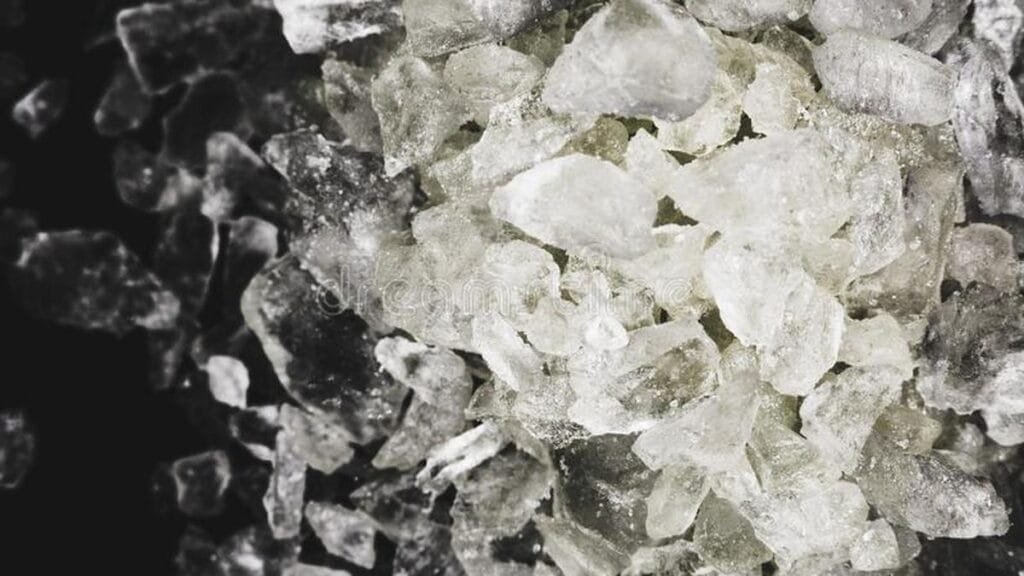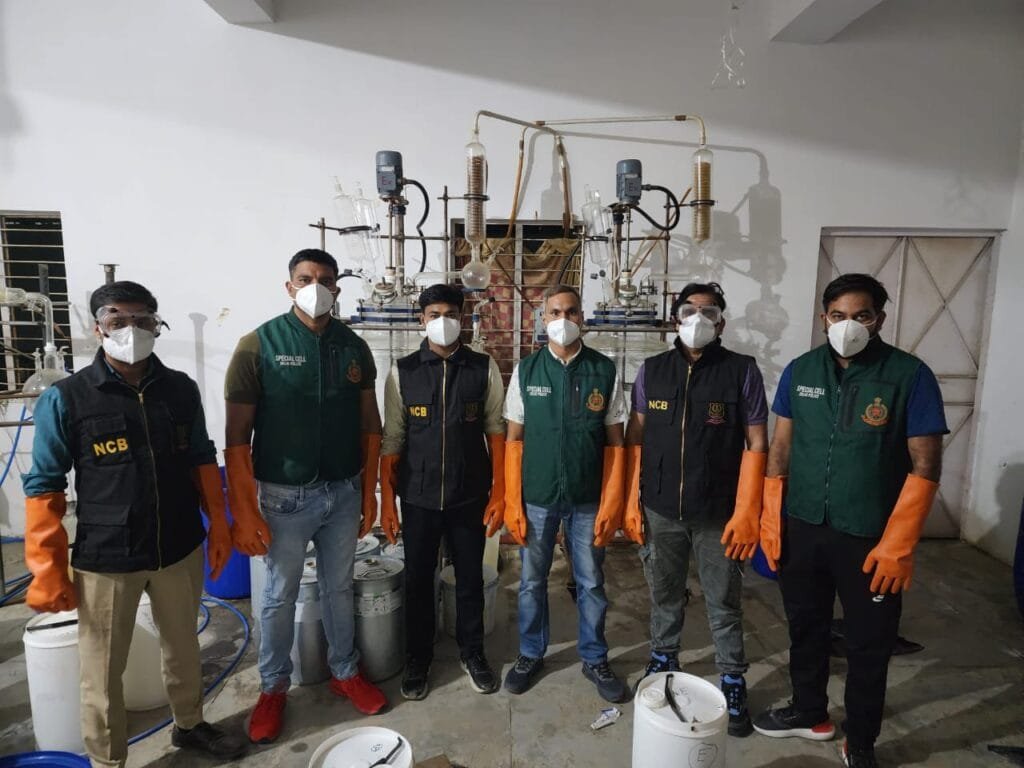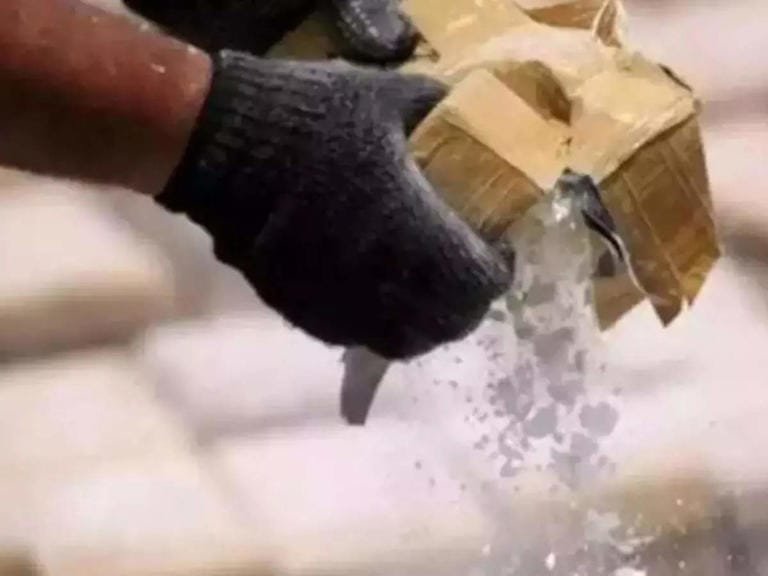The Highlights:
In a landmark victory, Delhi’s narcotics team, in collaboration with the Narcotics Control Bureau (NCB), seems to have busted a significant methamphetamine operation linked with Mexico’s notorious Jalisco New Generation Cartel. It has become an ever-increasing concern of spread international narcotics syndicates that have been invading India in recent times and needs more collaborative intelligence sharing across the border with concerted efforts.

Bust of Methamphetamine What Happened?
NCB and Delhi Police launched a joint operation against a well-equipped methamphetamine lab in the National Capital Region (NCR) early in 2024. The lab, which is said to have been run by trained chemists – mainly Mexican nationals trained in clandestine chemical processes, was producing substantial quantities of methamphetamine meant for distribution networks all over India. The police have arrested nine people, including three Mexican chemists brought to India on CJNG’s supervision to oversee the quality of meth production.

The Criminal Network and Cartel Ties
CJNG is known for its brutal tactics and its global reach, operating primarily in North and Central America but extending its networks throughout Asia and Europe. In this case, CJNG’s “chemists” were sent to Delhi to take advantage of their meth production know-how to ensure that the drugs produced were up to international cartel standards. The NCB reveals that Indian associates have provided the logistical support, from the sourcing of raw materials to the distribution of the finished product in Delhi, Punjab, and Rajasthan. That means it was an internationally well-organized operation supported by locals.
Inside the Lab: Equipment and Operations
It seems the investigators took away quite a variety of equipment, quite commonly used in big meth labs. The structure demonstrated high-grade heating mantles, borosilicate glass flasks, and advanced filtration systems that made it a major production center for meth. Chemists, as reported, were converting pseudoephedrine, the common decongestant, into high-purity methamphetamine through advanced processes. According to NCB officials, more than 15 kg of meth and 9 kg of precursor chemicals have been seized, worth crores in the black market.
Global Cartel Expansion and Emerging Indian Drug Trade
The operation reflects a worrisome trend in the drug world in India. Traditionally, meth labs were concentrated mainly in the Americas and Southeast Asia. However, with India witnessing an upsurge in cartel activity-most noticeably from groups such as CJNG-India is emerging both as an import and as a transit location for meth and other synthetic drugs. This is coupled with the observation of “tea bag” meth shipments from other cartels, such as Myanmar-based and China-based ones, that have recently entered the Asian drug trade.
Why Target India: Motives of CJNG
Analysts contend that CJNG’s foray into India must be motivated by one or more of the following:
- Increase in demand: The expanding metropolis of India has provided it with a high-stimulant drug market.
- Geo-advantage: Location-wise, it helps flow shipments through Southeast Asia, Europe, and Africa from cartels.
- Industrial scale: India harbors a vast pharmaceutical industry providing access to pseudoephedrine, a precursor used in meth that is restricted in Western nations.
Operations under CJNG in India are the most important change in geography for the international drug trade reflecting their interest in expanding beyond the traditional boundaries of geographies.
Deeper Meaning and Future Course
The authorities fear that the success of this cartel may create more such cartels in the South Asian region, if it is not checked. The NCB has been on record for pressing for further international cooperation as, obviously, drug networks cut across boundaries. The country’s enforcement agencies are strengthening their ties with their international counterparts like the DEA of the U.S.A. and Interpol in response to such sentiments.
The successes of NCB up to this point serve to underscore the promise of international cooperation in information gathering to temper the influence of foreign cartels. Such steps are needed because both CJNG and other cartels are responding through a shifting of locales and drug production methods.
Conclusion
The recent meth lab bust in Delhi is a significant development in India’s fight against international narcotics networks. For cartels like CJNG, establishing direct links across borders has brought complex challenges, which will require robust efforts in cooperation on a global scale. This event points not only to the presence of international cartels in India but also calls for the reform of policies to strengthen infrastructure and intelligence capabilities in its anti-narcotics infrastructure.
For Latest News Updates Click Here
